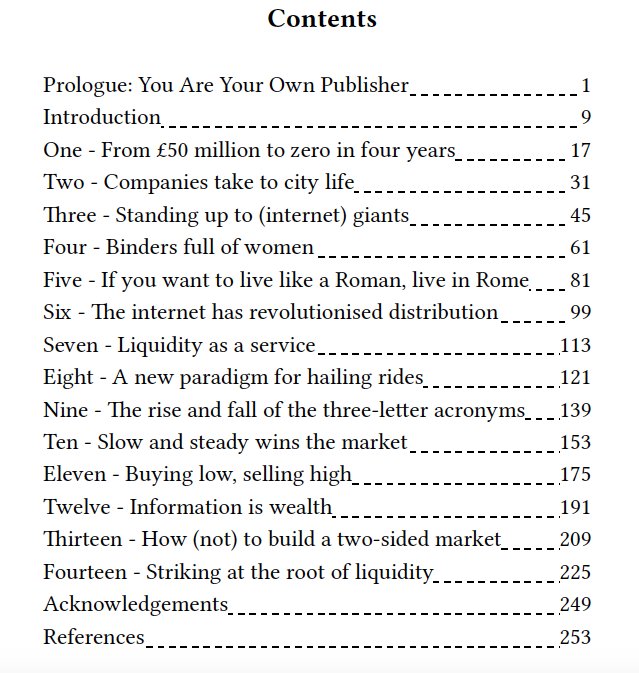Sometimes shopping on Amazon feels like shopping in Burma Bazaar or National Market or any of those (literally) underground “shopping malls” where you get cheap imported stuff of uncertain quality. This is especially true when shopping for things like children’s toys and some electronics, where you don’t have too many established brands.
The only times I feel completely comfortable shopping on Amazon is when I’m buying known brands – like last month when I bought a LG monitor or Logitech keyboard and mouse. LG and Logitech have built their brands sufficiently outside of the Amazon ecosystem that I trust their quality even while buying on Amazon.
This is not the case when it comes to other categories, though. One day I was browsing for toys on Amazon and was simply unable to decide what to buy – it all looked so “cheap”. Finally, my wife noticed one brand of which we already had a toy (that we liked), and we ended up buying that (that was a sound decision). Once again, we had used our knowledge of brands that had build their brands outside of Amazon to make our decision.
The thing with Amazon is that it is an “everything store” – one store to serve all markets. That’s not how offline markets work. In offline markets, stores fairly easily differentiate themselves based on the markets that they serve – by their locations, by their price points, by the overall “look and feel” and so on. That way, when you go to a store that you know serves your segment, you can be confident that what the store sells you is what you’re looking for.
This is not the case with Amazon. Since one store serves all, it is very difficult to know upon seeing a product whether it is “made for you”. Well, Amazon has information about your previous purchases on the platform, which should give them a good idea of the “segment” you belong to, but I guess making money from advertisers on the platform trumps making your choice easier?
From this perspective, if you are a hitherto unknown brand trying to sell on Amazon, it makes sense for you to build your brand elsewhere. Here, we run into the “double cost problem” (that I had used to describe long ago why Grofers is not a sustainable business). Essentially, building a brand is expensive and once you’ve spend your dollars on (let’s say) the Facebook ecosystem to build your brand, does it make sense to also pay Amazon to push up your product when it comes to search?
It seems like brands are now choosing one way or the other. Mass market brands (it appears) are sticking to the Amazon ecosystem. Some premium brands are using Instagram to acquire customers, and then using the Shopify-Razorpay-Delhivery ecosystem to deliver. Some other premium brands are using a combination of Instagram and Amazon, but only using the latter as a fulfilment mechanism – not spending money to advertise there.
In any case, it seems to me that building brands on Amazon is not a viable business. Now I’m reminded of my other old post where I talk about how platforms are useful only if they aggregate unreliable supply. And this is a path that Amazon seems to have firmly taken.
And the moment you focus on branding, you are trying to send out the message that you are not “unreliable supply”. And this means that getting mixed up with other unreliable suppliers is not good for your business. Which is why you find that the direct to consumer brands that advertise on Instagram (have I told you I love instagram ads?) usually stay away from Amazon.
(you might think I’m going round and round in circles in this post. This is because it’s been about a month since I thought of writing this but only got down to it today. It’s also funny that I’m writing this less than an hour after talking to someone who builds her brand on Instagram and then sells through Amazon (and offline shops) ).
PS: I got reminded of when I initially thought of this post. I bought a yoga mat from Amazon a couple of months ago. Quality turned out to be pathetic. And there was no way for me to know that when I was buying.

